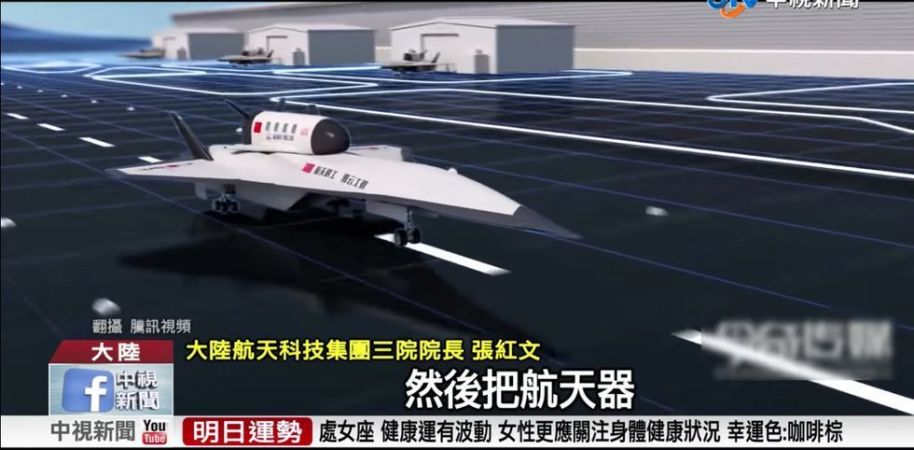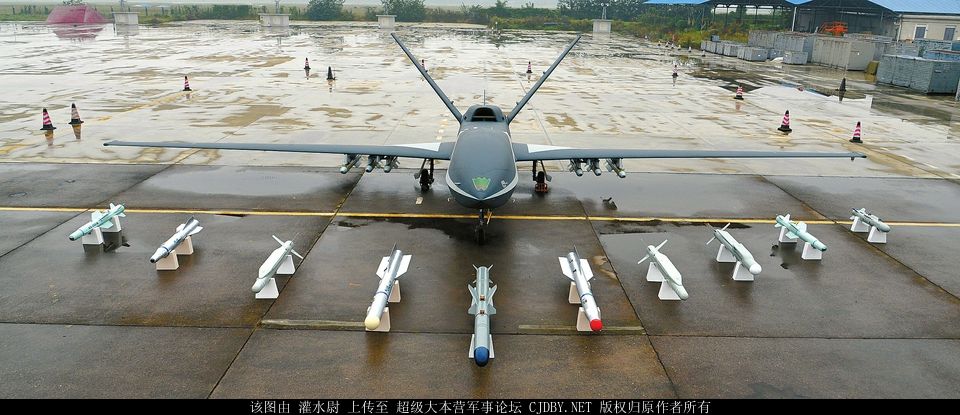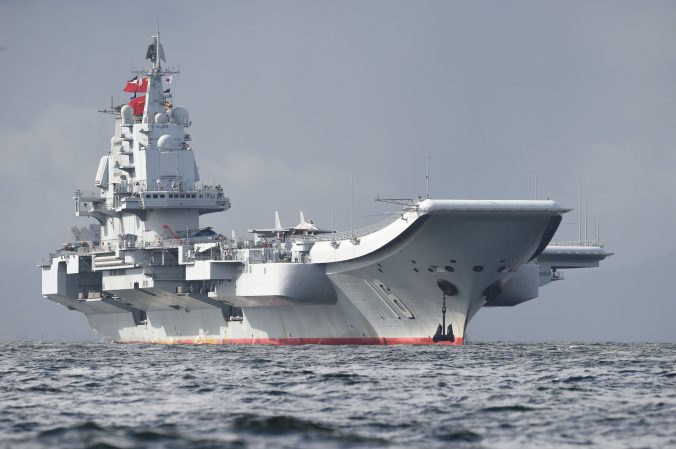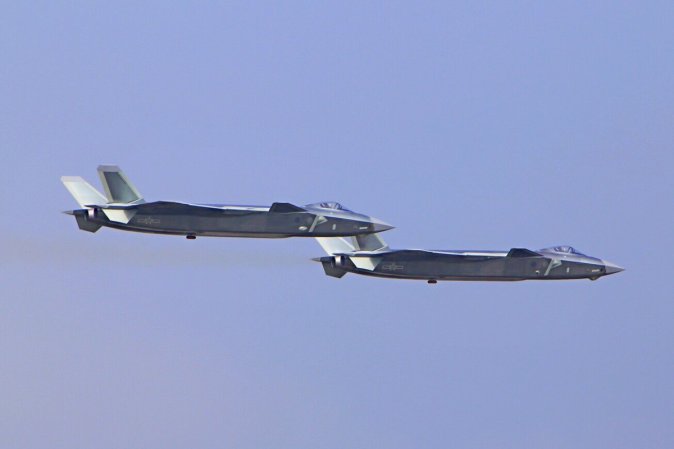

China’s developing a hypersonic weapon that has triple the range of existing Chinese air-to-air missiles. The premise: a ramjet engine that can turn already deadly missiles into weapons that have greater range, maneuverability, and speed.

In a May 31 report, the Science and Technology Daily announced that the 4th Research Institute of the China Aerospace Science and Technology Corporation (CASC) has twice successfully tested a ramjet engine aimed to power air-to-air missiles. Song Zhongpin, a former PLA Rocket Force expert, told the Global Times that the engine was hypersonic, which suggests a speed of at least Mach 5, or 3,835 miles per hour.

The 4th Research Institute been looking into solid-fueled ramjets since 2000. This type of ramjet is preferable for use on aircraft because they can be launched on demand, without having to fill up their fuel tanks before launch, as some liquid fueled ramjets demand. The speed and burn rate of the engine are controlled by manipulating the ramjet’s air intakes.

Song said the ramjet engine could more than triple the range of Chinese BVRAAMs. The PL-12’s range, for example, could increase from 62 miles to over nearly 200 miles. If so, this would be a key factor in any future conflicts, as CASC ramjet engine would be both faster and longer-ranged than most BVRAAM rocket engines like the AIM-120 AMRAAN and PL-12, which have a top speed of about Mach 4.
To increase range, ramjets can carry more propellants than rockets of the same size, since they use atmospheric oxygen to burn fuel instead of carrying onboard oxidizers. The greater range and speed also implies a larger “no escape” zone, or the maximum range at which a target maneuvering at a speed of, say Mach 2, cannot outrun the missile.

A ramjet BVRAAM would provide a huge overmatch against existing and even planned U.S. air-to-air missiles. For example, the most modern U.S. BVRAAM—the AMRAAM AIM-120D—has an active radar seeker, two way datalink, Mach 4 top speed and a range of more than 100 miles.
DARPA’s Triple Threat Terminator (T3) ramjet missile was about the size of the AMRAAM, and would have been targeted against both enemy aircraft and radar systems. Despite four test flights by Boeing before 2015, the T3 missile does not appear to have lead to an actual development program (hence United States Air Force General Herbert Carlisle calling January 2017 for Congress to fund an AMRAAM replacement). However, the USAF does intend to introduce the Small Advanced Capabilities Missile in the 2030s, which will be half the size of the AMRAAM but has the same 100-mile range.
What’s especially dangerous for foreign fighter jets is that the CASC’s larger ramjet BVRAAM (with a highly efficient engine, and similar dimensions to the 203mm diameter and 13-foot-long PL-12) could outrange the world’s only other ramjet BVRAAM, the 175mm diameter, 12-foot-long MDBA Meteor.

This new missile would give Chinese fighters like the J-20 and J-31 stealth fighters (both of which can carry 6 BVRAAMs in their central weapons bay) long-range but very compact air-to-air missiles.
If cued by long-range radars from airborne early warning and control aircraft, a ramjet BVRAAM could even do some of the stuff that the long-range, rocket powered PL-XX does, namely attacking enemy airborne early warning and control (AEW&C) and tanker aircraft. (Though the BVRAAM wouldn’t be able to match the PL-XX’s near-space flight profile to avoid interception and detection).
When coupled with AESA radar seekers on modern Chinese BVRAAMs, a ramjet BVRAAM—like the PL-12D, PL-21 or a PL-15 variant—would be a long-range threat even to stealth fighters and bombers.
A key factor for CASC’s ramjet engine to reach its full potential, though, is a network of sensor fusion and data provided by other fighters and the growing Chinese fleet of AEW&C aircraft, electronic intelligence assets, high-altitude UAVs, and surface radars—all of which China is actively working on.

CASC’s new ramjet motor is not just notable for air-to-air roles. Much as U.S. systems like the Sparrow and AMRAAM have been retasked, it could also be used to produce a range of compact, air-launched supersonic anti-ship missiles, or highly maneuverable, medium-ranged surface-to-air missiles that can be quad-packed into the vertical launch systems of warships such as the Type 055 Renhai destroyer.















